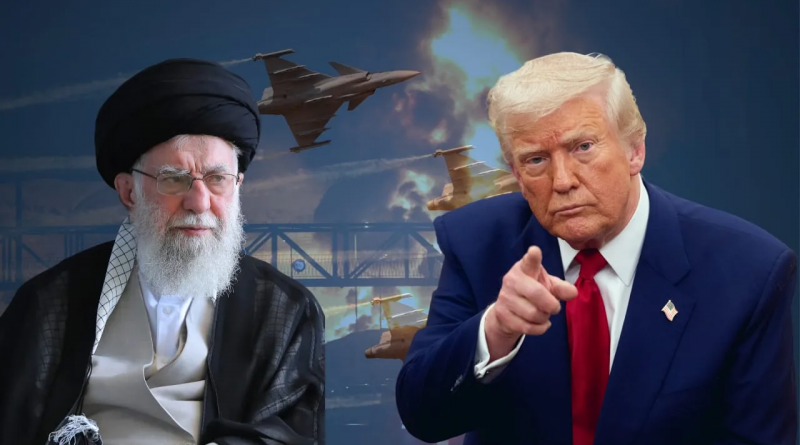US Strikes Set Back Iran’s Nuclear Program by Up to Two Years, Pentagon Says
Washington — The United States has revealed that its recent military strikes on Iranian nuclear facilities have set back the Islamic Republic’s atomic program by up to two years, according to Pentagon officials.
Pentagon spokesperson Sean Parnell, speaking at a press briefing on Wednesday, said U.S. intelligence assessments now suggest the operation was “more successful than initially estimated,” asserting, “We have degraded their program by one to two years.” Parnell’s remarks follow initial reports that portrayed the damage as more limited, offering the first official confirmation of the extent of the military success.
The strikes, conducted on June 22, involved B-2 stealth bombers deploying 13,600 kg bunker-buster bombs on two Iranian nuclear sites, while a U.S. Navy submarine launched Tomahawk cruise missiles at a third facility. The targets were believed to include deeply buried components of Iran’s nuclear infrastructure, including parts of the Fordow nuclear enrichment site.
“Facilities Completely Obliterated”
Despite not presenting specific evidence, Parnell echoed earlier comments by U.S. President Donald Trump, who had declared shortly after the strikes that Iran’s nuclear program had been “obliterated.”
“All of the intelligence that we’ve seen leads us to believe that those facilities have been completely obliterated,” Parnell stated.
The remarks come amid heightened international scrutiny. Over the weekend, Rafael Grossi, Director-General of the International Atomic Energy Agency (IAEA), expressed concerns that Iran could resume production of enriched uranium within months, raising doubts over the long-term impact of the strikes.
Questions Over Hidden Stockpiles
Several nuclear experts have cautioned that Iran may have relocated highly enriched uranium to undisclosed locations prior to the strikes—casting uncertainty over the actual scope of the damage.
According to Iranian Foreign Minister Abbas Araqchi, the attack on the Fordow facility inflicted “serious and heavy damage.” Speaking to CBS News, Araqchi added, “No one exactly knows what has transpired inside Fordow. But what we know so far is that the facilities have been seriously damaged.”
However, U.S. Defense Secretary Pete Hegseth said there was no confirmed intelligence suggesting Iran had transferred its stockpiles of near weapons-grade uranium before the strikes.
An earlier preliminary report by the Defense Intelligence Agency (DIA) estimated that the strikes may have set back Iran’s program by only a few months. However, officials within the Trump administration dismissed that assessment as “low confidence,” asserting that updated intelligence showed more substantial disruption to Iran’s nuclear capabilities.
Geopolitical Repercussions
The Pentagon’s assessment is likely to fuel fresh debate over the long-term viability of Iran’s nuclear ambitions, particularly in the context of its regional alliances and proxy networks. Iran, long suspected of seeking to build a nuclear deterrent under the guise of civilian energy development, remains under heavy sanctions and diplomatic isolation from the West.
The latest U.S. military action comes amid growing concerns over Tehran’s alignment with proxy groups in Syria, Iraq, and Lebanon, and follows months of provocations including missile launches, maritime confrontations, and regional cyber attacks.
While the Biden administration has maintained a relatively measured public stance, these developments reflect a more assertive military doctrine aimed at preventing Iran from crossing nuclear red lines.



